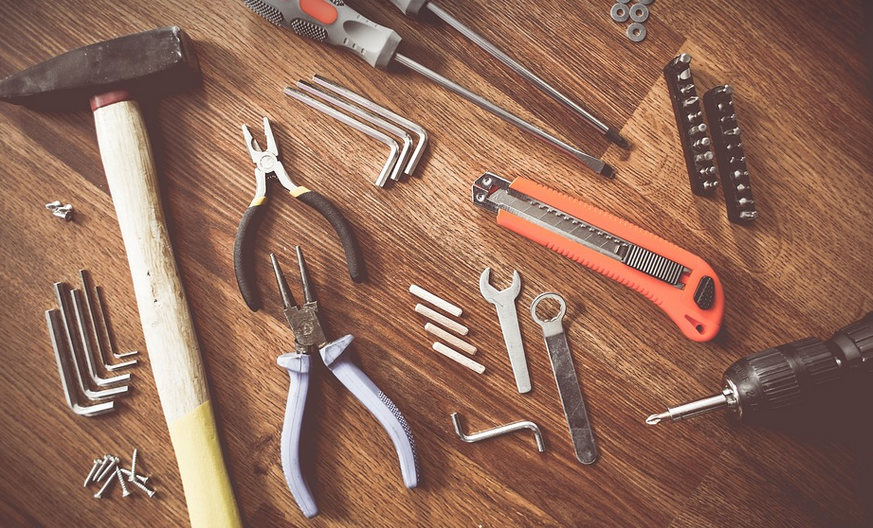A Gentle Introduction to the Magic Box
Ever wondered what that mysterious black box on your pedalboard does, or how it makes sounds both fat and punchy? Well, you’ve stumbled upon the world of compressors! These little marvels are essential tools in any guitarist’s arsenal, and they can make even the most mundane notes sound incredible. But don’t be intimidated – let’s dive into this audio wizardry together.
Think of a compressor as a musical traffic cop for your tone. It gently tames those unruly peaks in your signal, preventing them from becoming too loud or harsh. Imagine playing a guitar riff with all the volume and intensity you want, but without it being overly aggressive and jarring to the ears. That’s where the magic of compression comes into play.
A compressor works by analyzing the amount of signal coming through, and if it exceeds a certain threshold – let’s say 80% of its maximum volume – it kicks in. It then reduces the amplitude (the loudness) of the signal slightly, bringing it back down to a balanced level.
But here’s where things get interesting – the compressor doesn’t just squash any sound; it does so with nuance and control. The amount of “squashing” or dynamic range reduction is determined by a few key settings:
Understanding Compressor Settings
The first thing you’ll want to adjust is the **threshold**. This setting determines when the compressor kicks in, creating the “compression” effect. A lower threshold means it’ll engage more easily with softer sounds, while a higher threshold will make it kick in at louder levels. Experiment and find what feels best for your specific playing style.
Next up is **ratio**. This setting determines the amount of volume reduction triggered by each change in signal levels. A higher ratio means a more dramatic “squashing” effect, while a lower ratio allows for subtle adjustments to volume and tone.
**Attack** and **Release** are two more crucial settings that influence how quickly the compressor reacts to the sound. The attack determines how quickly it starts to compress the signal after a loud hit in your guitar, while Release controls how long it takes for the compressor to let the signal go back to normal volume after it has been compressed.
**Knee** is the setting that defines the “smoothness” of the compression. It determines how gently or abruptly the signal level changes when adjusting the compression effect. A flatter knee allows for a softer transition, while a steeper knee creates a more drastic change in volume.
The Power of Compression
But what makes compressors so powerful are their versatility and subtlety. They can be used to tame wild peaks in your guitar’s signal, create a smooth and controlled dynamic range, or even produce that coveted “punch” you might want for your vocals. Think of it like this:
- **Boosting your bass sounds:** A compressor can make your bass lines punchy and full, especially in genres like rock and pop.
- **Adding warmth to your guitar solos:** A subtle compression on your guitar solos can give them that signature “glue” between the notes and enhance their overall character.
- **Creating a more balanced sound:** A compressor is an excellent tool for achieving a more even balance of volume across different instruments in your mix. It helps prevent one instrument from overpowering the others while maintaining a natural flow and feel.
The Best Compressor: Finding Your Perfect Match
The “best” compressor depends entirely on your individual preferences, but there are some notable examples in the world of pedals that might pique your interest. Some popular choices include:
- **Universal Audio 1176LN:** A classic for a reason, this compressor is known for its aggressive and musical character.
- **Empirical Labs Distressor:** A versatile compressor that offers deep controls and exceptional sonic shaping capabilities.
- **Behringer compressor:** A more affordable option with great performance, perfect if you are looking for something budget-friendly to explore.
Experiment, play around, and discover what works best for your unique sound!
The Art of Compression
Ultimately, mastering compression is about finding the sweet spot between control and musicality. It’s not just about turning down volume; it’s about creatively shaping the dynamics of your music to make it richer, fuller, and more expressive.
Remember, every compressor pedal has a unique character, so experiment with different approaches and find what feels most natural for you!
